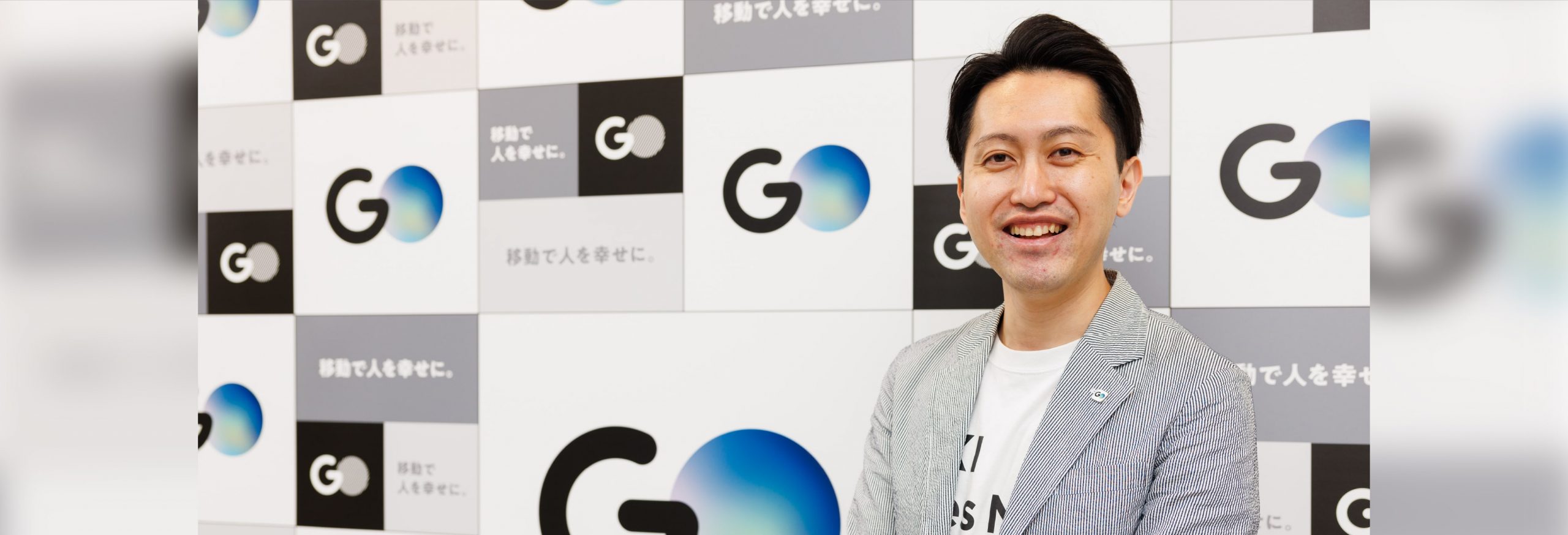
GO Inc. Executive Officer Takuya Sanai Discusses the Future of Empowering Happiness through Mobility by Addressing Social Issues with the Transformation of Taxi Travel
Nov 29, 2023
Three years have passed since the release of the taxi app Go (the GO app), which has been downloaded more than 15 million times*1 and is now fairly well known because of its commercial. Meanwhile, Go Inc. (GO) has transformed the conventional wisdom of taxi travel and is also proposing a new workstyle to address both the shortage of taxi drivers and the shift to EVs and the industry’s green transformation (GX). And Tokyo Century concluded a capital and business alliance in July 2020 with Mobility Technologies Co., Ltd. (currently GO) and has since been promoting business together as a partner.
Under its corporate mission of “Empowering Happiness through Mobility,” what’s the future of mobility envisioned by GO? To find out, we interviewed Mr. Takuya Sanai, Executive Officer of GO.
*1 As of July 2023
▼ INDEX
GX and Automated Driving Transform the Mobility Industry
─The mobility industry is said to be in the midst of a once-in-a-century transformation. What do you think about this change?
Sanai: There are two major changes underway. One is GX or automotive energy conversion, in which we are collaborating with the Tokyo Century Group. The shift to EVs has already emerged as a global trend, and I feel it should be promoted quickly in Japan as well. It seems like only yesterday that Toyota’s presentation of its battery EV strategy had such an impact, and the stance toward carbon neutrality has also been very positive in the central government and public administrations. The time is right to seize the opportunity for boosting Japan’s GX, and we’d like to work on it with speed.
The other major change is automated driving. I feel that the shift to unmanned driving will have a once-in-a-century impact. Driverless vehicles have already begun to operate on public roads in parts of the United States, and I saw many self-driving taxis in San Francisco during my recent visit and a study tour. Unmanned vehicles, with no safety driver on board, seem to have become accepted as a daily service for San Francisco residents. Given the global situation, Japan also needs to adopt automated driving as soon as possible.
─Advanced mobility initiatives and services have already been developed overseas. What paradigm shift do you expect in Japan over the next five to ten years?
Sanai: The concept of mobility should become more diversified. With more automated vehicles and EVs on the roads, transportation will be smoother and less stressful, and naturally lifestyles will change. Many people live and work in Tokyo, but as the travel experience improves, other changes will likely follow. For example, people who live an hour and a half from Tokyo could use their commuting time to participate in online meetings.
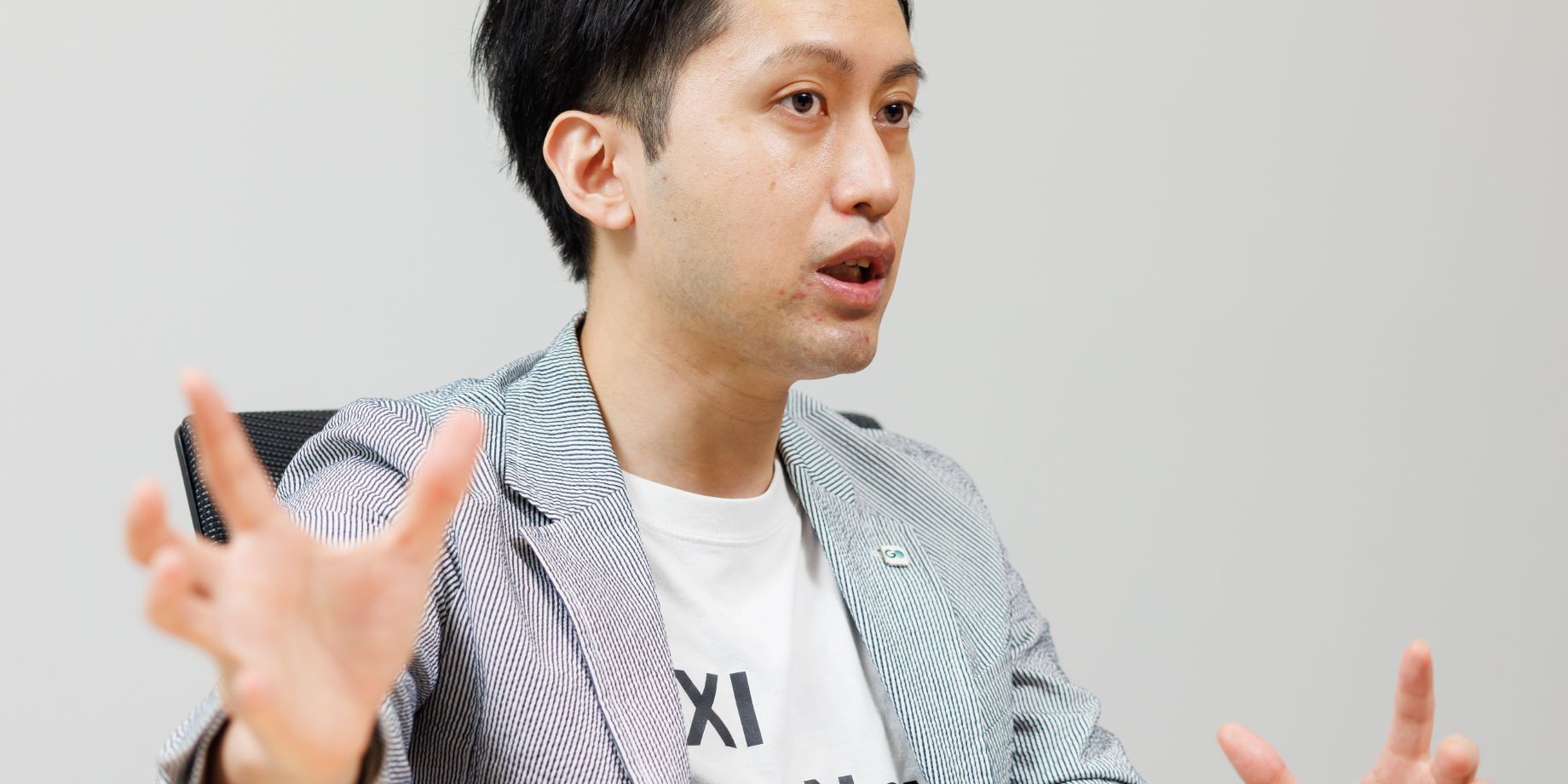
Takuya Sanai, Executive Officer of GO
GO App and the COVID-19 Pandemic Transform the Taxi Industry
─How has the taxi industry changed over the past few years?
Sanai: I think the app has changed the way we take taxis, and that’s a big change. Instead of picking up a taxi on the street, we request to be picked up and even use the app to pay for the ride. This represents a major turning point for both users and taxi drivers.
What’s more, the COVID-19 pandemic has had a significant impact. The number of passengers in cities has reportedly decreased, forcing 20% to 30% of taxi drivers to leave their jobs. And now that the taxi industry is seeing a rapid return of customers there is a major labor shortage. This is seen as an industry-wide challenge.
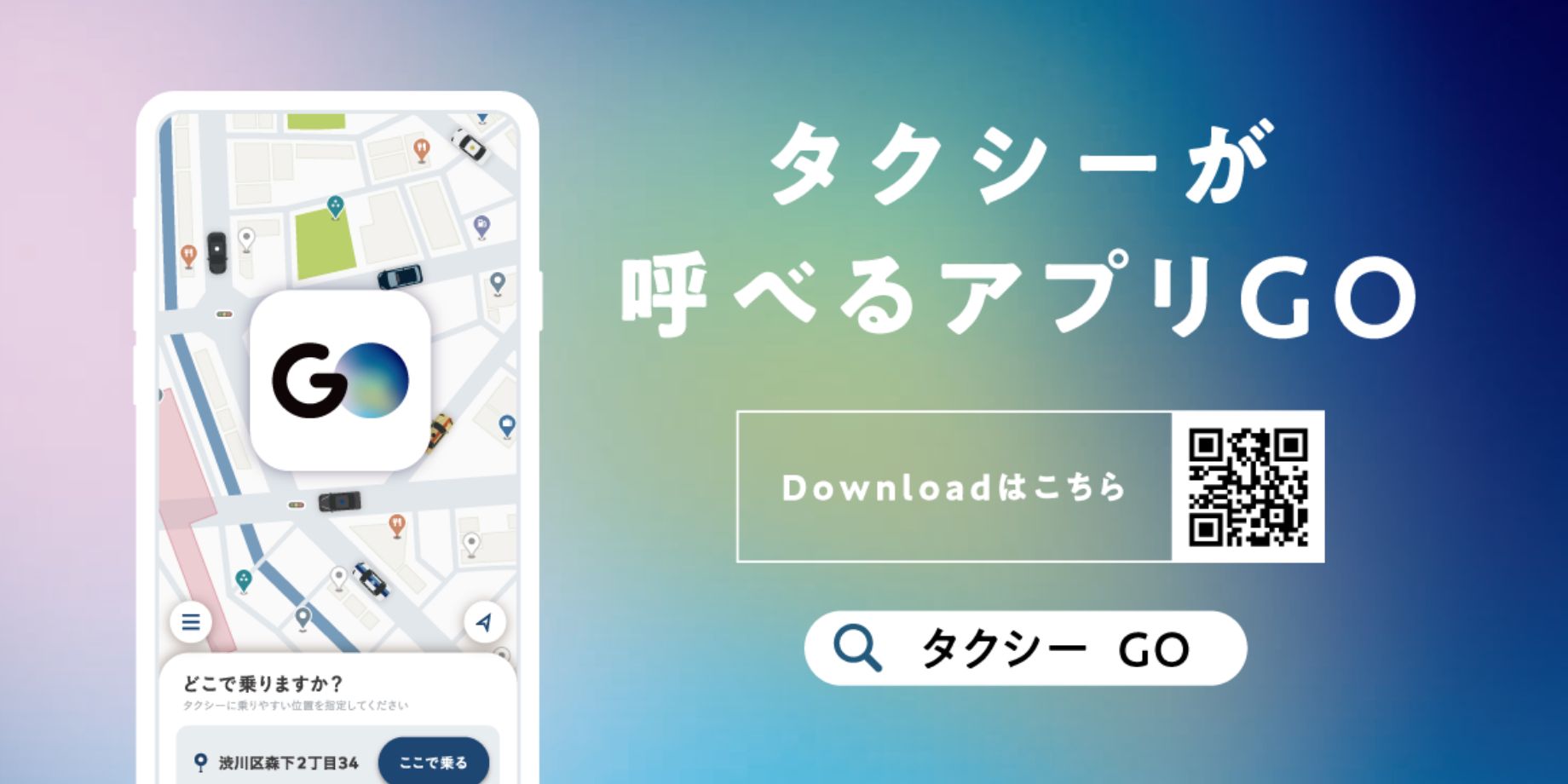
Taxi app GO
─The GO app was released right in the middle of the COVID-19 Pandemic.
Sanai: The app was released in September 2020, in the middle of the pandemic. The overall market was severe, but if you consider the impact of the GO app alone, while there were no potential passengers on the streets, people were using it. This allowed us to gain the acceptance of taxi drivers who had been reluctant to use the app.
For decades, many of them found passengers on their own, and when the app was first introduced, a lot of them thought it would be troublesome and that using IT equipment would be difficult. Over the course of the pandemic, however, they came to realize they could connect with passengers using the app, a positive change. As mentioned earlier, the taxi industry is severely understaffed. So, I hope that systems like the GO app will be successfully incorporated to help taxi drivers find work more easily.
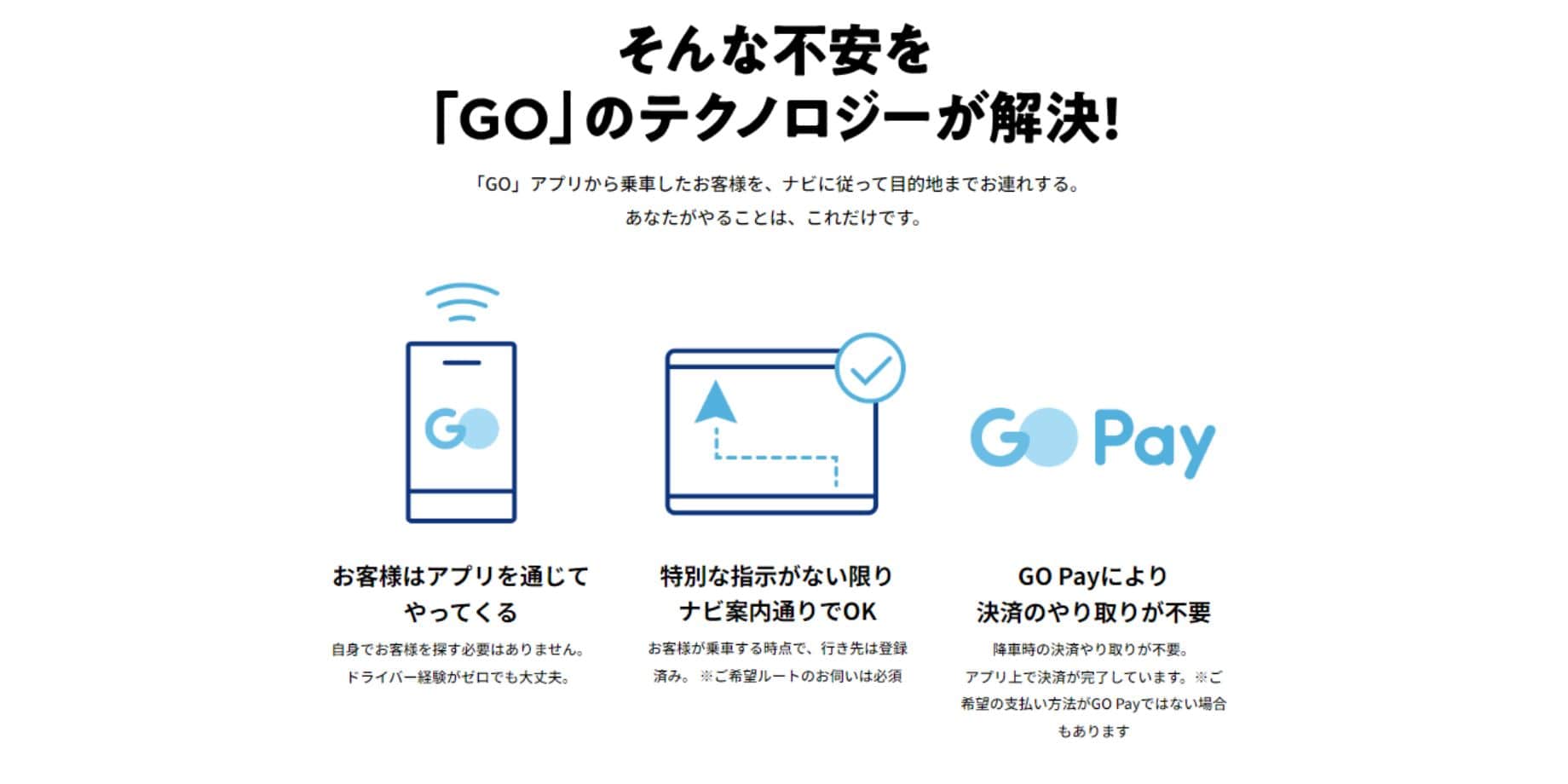
─What else are you working on to address the labor shortage in the taxi industry?
Sanai: We’re currently working on the operations with GO Reserve vehicles, which only receive orders through the GO app and are driven by part-time drivers. We call them the GO Crew, and they can work short hours and are paid hourly. The operations started in March 2023.
Most taxi drivers work 18 hours a day, take one day off, then work another 18-hour day. They usually work every other day and are paid on commission. This arrangement causes a number of problems, such as the physical difficulty of working long hours, those raising children cannot work, and since salary is linked to sales performance, even drivers with a class 2 standard motor vehicle license can’t work on an occasional basis. In addition, a certain level of skill is required to spot a potential customer with a hand raised, and it takes time to remember the streets. We decided to use technology that would eliminate these hurdles and to create a system in which drivers who want to work can do so in a way that suits their particular lifestyle.
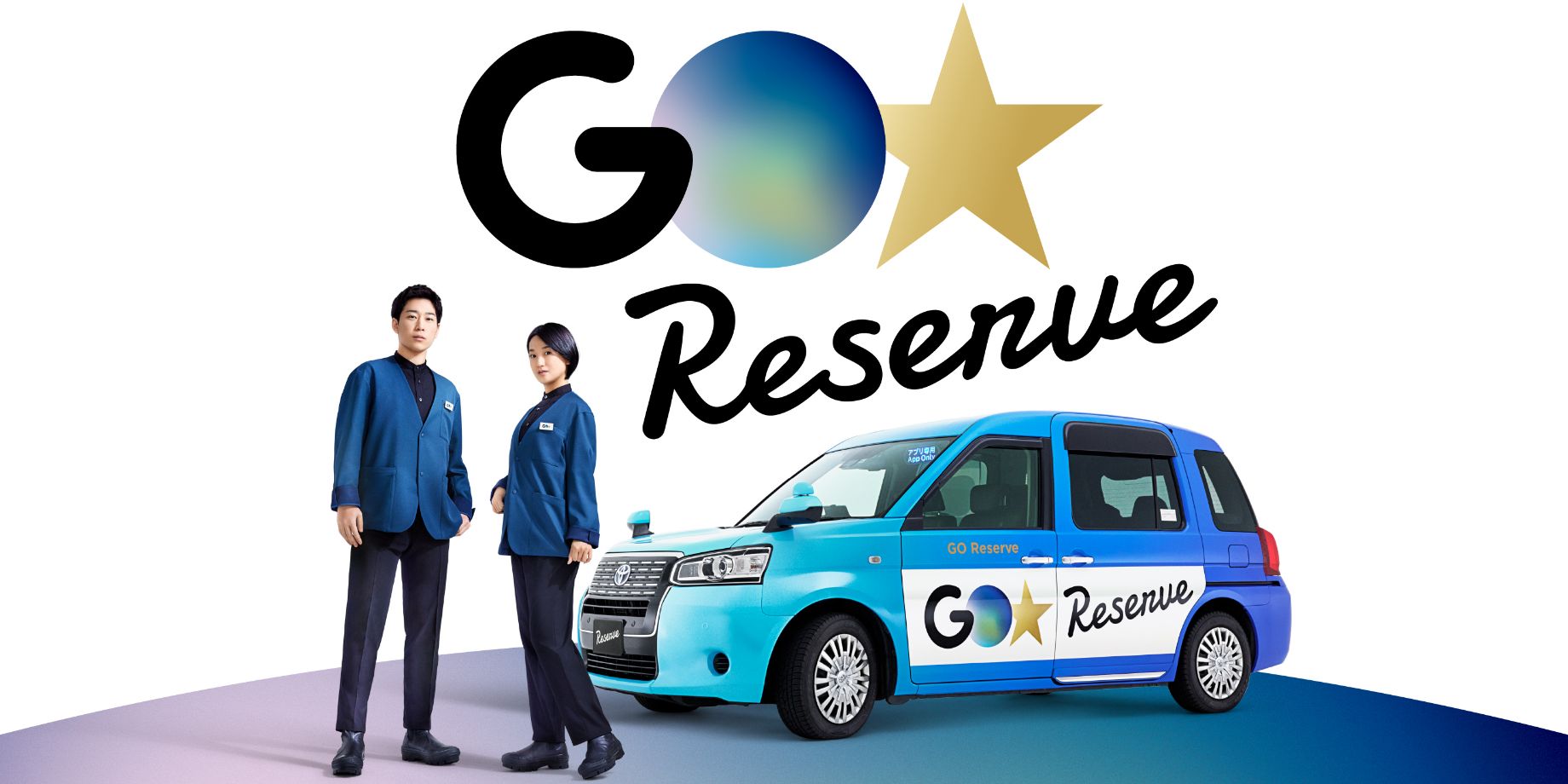
With its eye-catching bright-blue vehicle and crew members in blue jackets, GO Reserve has dramatically changed the image of the conventional taxi crew.
Sanai: Crew members driving app-only vehicles simply respond to requests as they come through the GO app, and they don’t need to drive around looking for their passengers. They’re paid on an hourly basis, rather than on commission, which is the common pay scale for taxis, and they can also work shorter hours. We currently operate one office in Tokyo with a crew of about 60 drivers, and we aim to expand throughout Japan.
GO Hopes to Address Social Issues under its Mission of “Empowering Happiness through Mobility”
─What’s the thought behind GO’s mission of Empowering Happiness through Mobility?

Sanai: GO was originally established through the merger of JapanTaxi Co., Ltd., a member of the Nihon Kotsu Group, a major taxi operator, and part of DeNA’s automotive business. “Empowering Happiness through Mobility” was actually the mission of JapanTaxi before the merger. Although a new key message is usually adopted when a company is merged, we chose to keep this mission statement, as we all agreed after much discussion that it was the best fit.
It’s of course important to seize business opportunities and grow our business, but we’re a company with a strong desire to address social issues. After the merger, many of our members came together because they empathized with the mission of “Empowering Happiness through Mobility.” On the flipside, that means eliminating unhappiness through mobility. And it conveys the feeling of not just through taxis, but through mobility in general.
─So, you are conscious of expanding your efforts to include not only limited means of transportation but also mobility as a whole.
Sanai: Yes, that’s right. The core of our business, however, remains the GO app, and it’s certainly a taxi-based service. I believe we’ll be able to approach social issues on a larger scale by starting with the taxis and then expanding horizontally to all aspects of mobility.
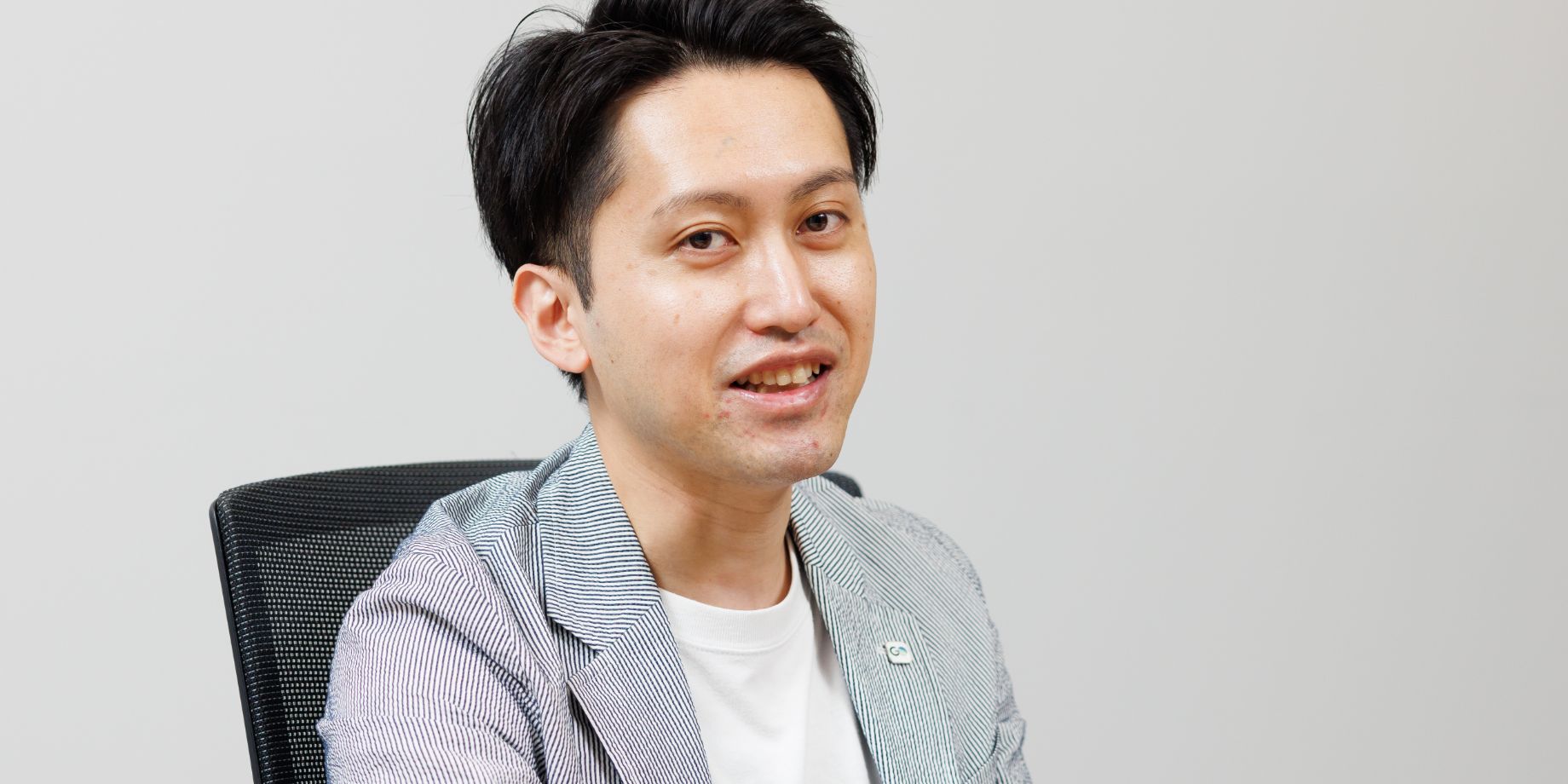
GO Envisions the Future of the Industry at the Forefront of Taxi GX
─In December 2022, you announced the launch of the Taxi Industry GX Project. Could you tell us more about it?
Sanai: In collaboration with taxi operators nationwide and partner companies, we will first introduce 2,500 EVs to the taxi industry and also provide chargers and establish an energy management system to reduce annual CO2 emissions by 30,000 tons. The GX in the entire taxi industry will have a commensurate social impact, so we hope to raise awareness of this issue worldwide through the use of wrapped vehicles and by other means.
Additionally, we’ve launched a new service on the GO app and GO BUSINESS that displays the amount of CO2 that has been reduced by riding in EVs. It has been well received by corporate customers seeking to visualize cost-effectiveness through GX.
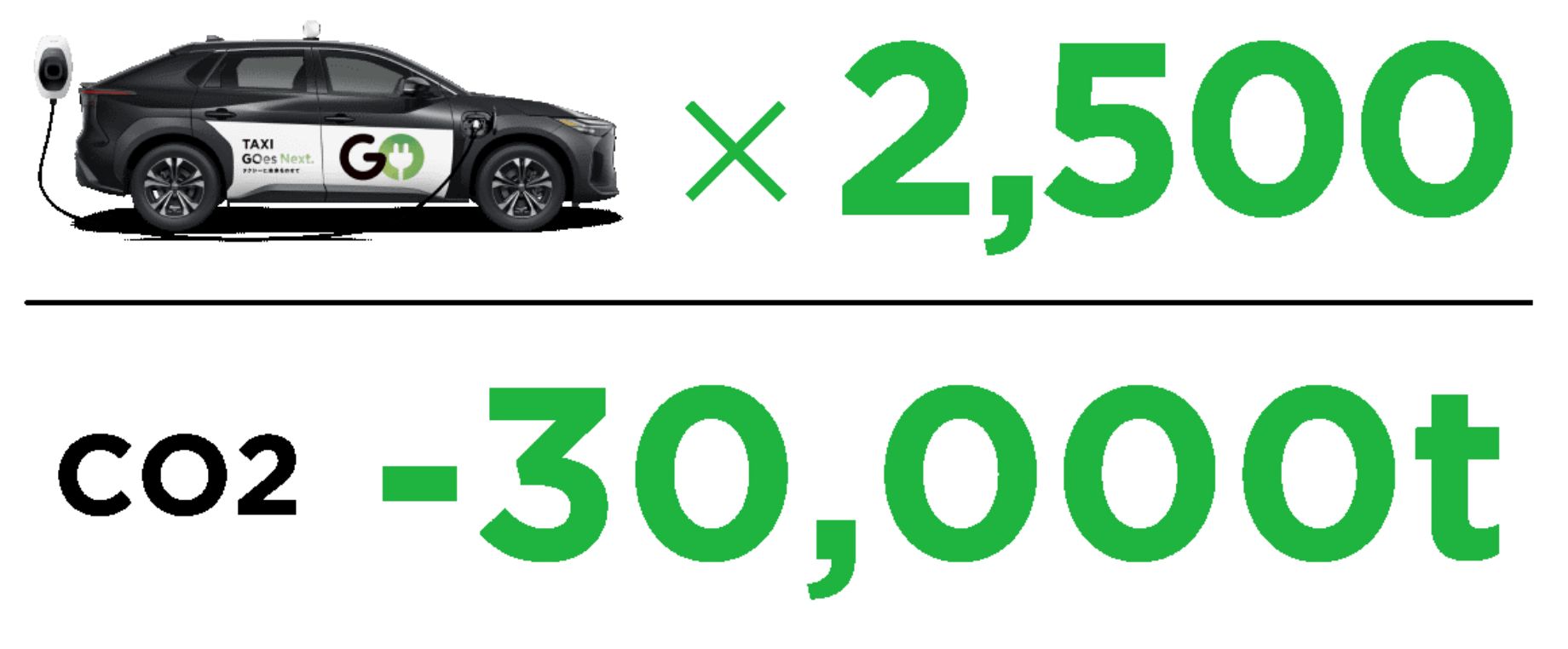
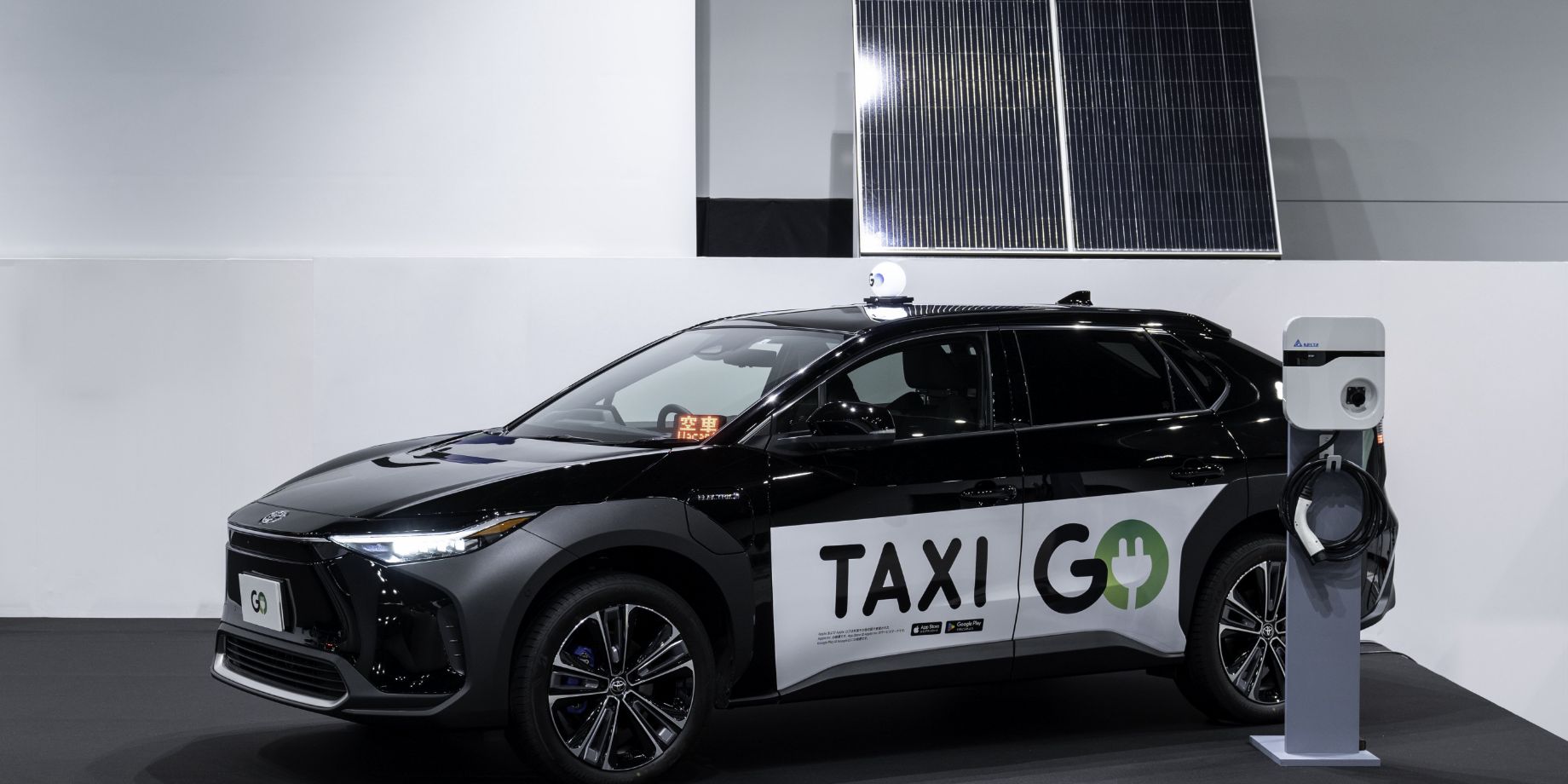
Actual EV Taxi
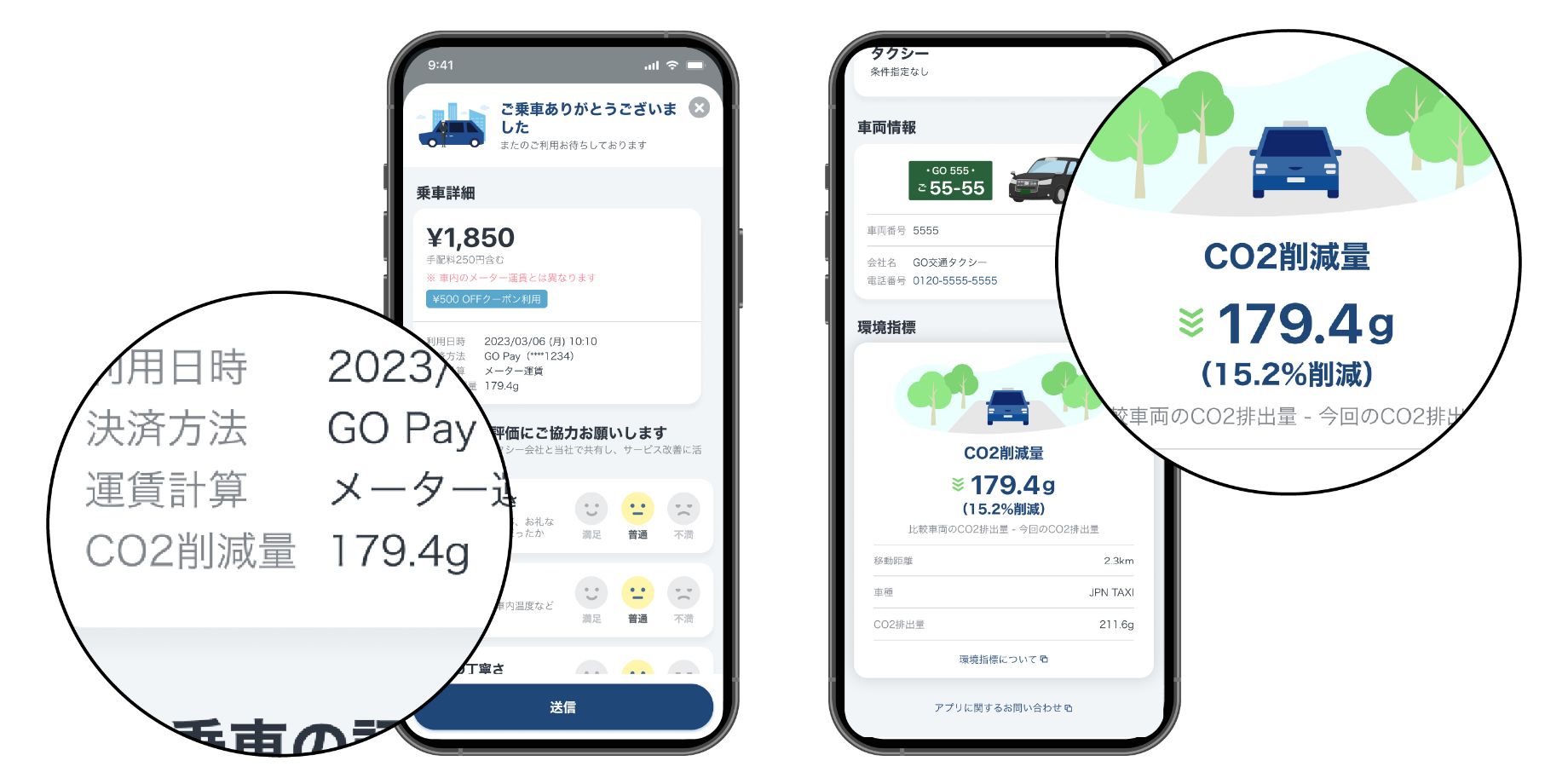
Detail of CO2 emissions confirmation screen
─What are the necessary perspectives for shifting taxis to EVs?
Sanai: I believe the shift to EVs in the taxi industry hasn’t progressed as hoped form, and this is largely due to the lack of a central player. It’s also important to consider whether taxi operators will experience the cost-effectiveness of switching to EVs.
The recognition of GX varies within the industry, with some operators introducing EVs at an early stage, while others believe that EVs are not suitable for taxis because of their short cruising range. GX requires more than simply preparing vehicles; the arrangement of chargers and power contracts must also be considered. There are lots of issues, such as whether operations can be planned without any loss of efficiency, even with EVs due to their lower cruising range; whether the benefit of shifting to EVs will outweigh the cost of introduction, which is not cheap; and what to do with batteries that have reached the end of their lives. To address these, we’ve decided to tackle GX in the industry by leveraging the networks and technologies we’ve cultivated with the taxi industry. And to this end, it was essential to cooperate with Tokyo Century and other partners with a wide range of knowledge.
EV Solutions Extend Beyond the Taxi Industry
─How would you talk about your current collaboration with the Tokyo Century Group?
Sanai: When it comes to our efforts in bringing EVs to the taxi industry, we needed the Tokyo Century Group’s assistance from the very beginning since we had been engaged in app development without any experience in GX. This led to receiving an investment in 2020, and we’ve been working together as partners ever since. As part of our service solutions, the Tokyo Century Group has also been collaborating with us in leasing tablets for signage, tablets for crew members to receive dispatch requests via the GO app, and chargers in addition to vehicles.
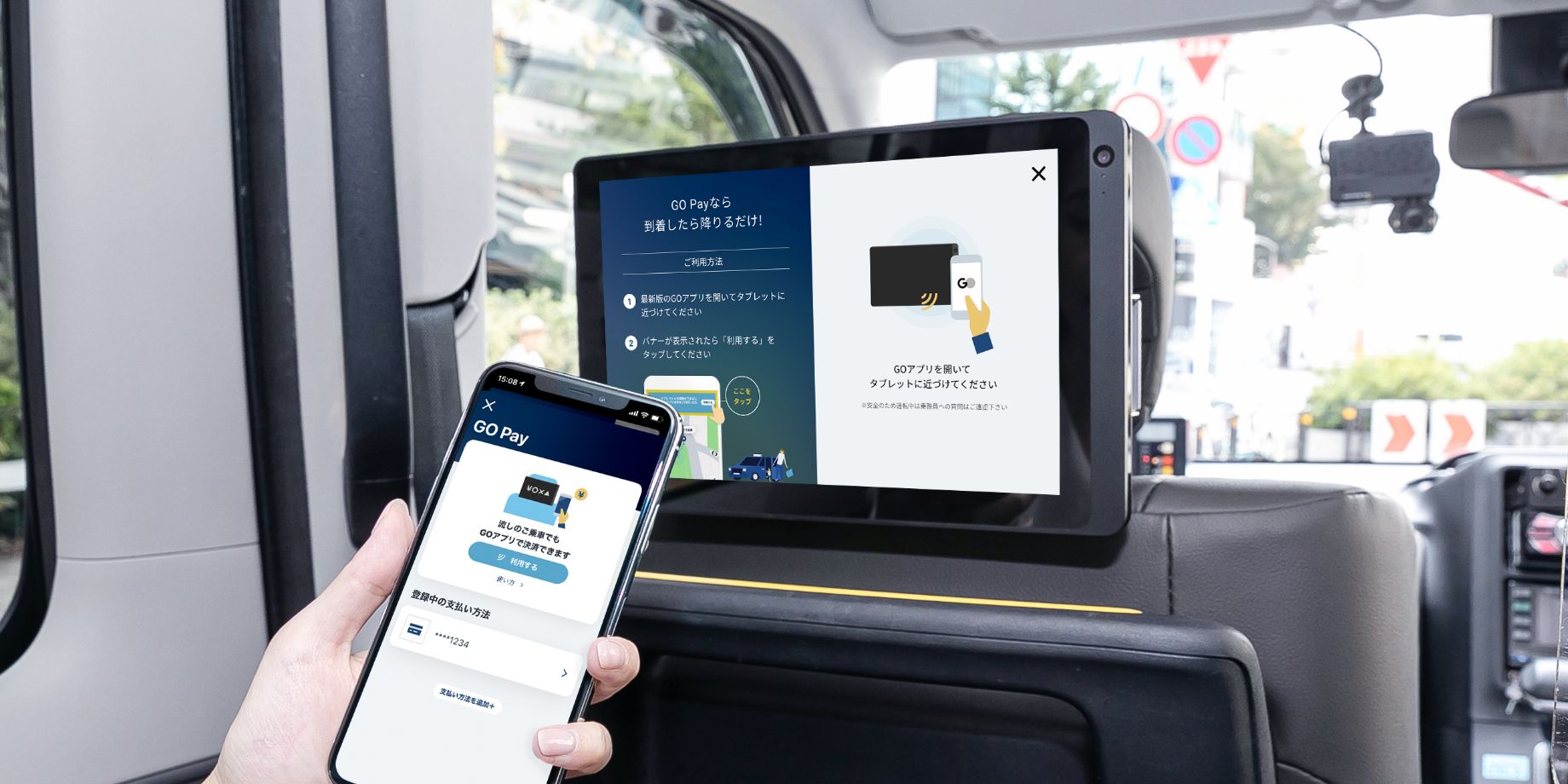
─What, if any, expectations do you have for the Tokyo Century Group?
Sanai: In the course of working on the Taxi Industry GX Project, we’ve come to realize that other industries developing businesses utilizing vehicles are all facing challenges in shifting to EVs. These include the pharmaceutical and convenience store industries as well as logistics. Although this project is currently focused on the taxi industry, we think it should eventually be expanded horizontally to other industries and to rural as well as urban areas. We’d therefore like to work with the Tokyo Century Group, leveraging its networks with other industries, and in cooperation with local governments.
─As our last question, could you share GO’s vision for the future?
Sanai: The two major changes taking place in the mobility industry are right around the corner in Japan. The taxi industry has now taken a step forward in shifting to EVs and promoting GX. We’d like to contribute to society beyond these areas into automated driving, with the GO app at the core of our efforts.
Although CO2 reductions are currently only being visualized, we’d like to eventually sublimate the CO2 reductions into more concrete services, such as redeeming points based on the level of reduction, as an incentive for people to choose EVs. It’s important that society smoothly shifts to automated driving and EVs. Under our mission, “Empowering Happiness through Mobility,” we believe that the purpose of GO’s existence is to promote the evolution of mobility. While valuing the GO app as a pillar of our business, we want to set into place the second and third pillars to establish the exclusive benefits and unique position of GO.
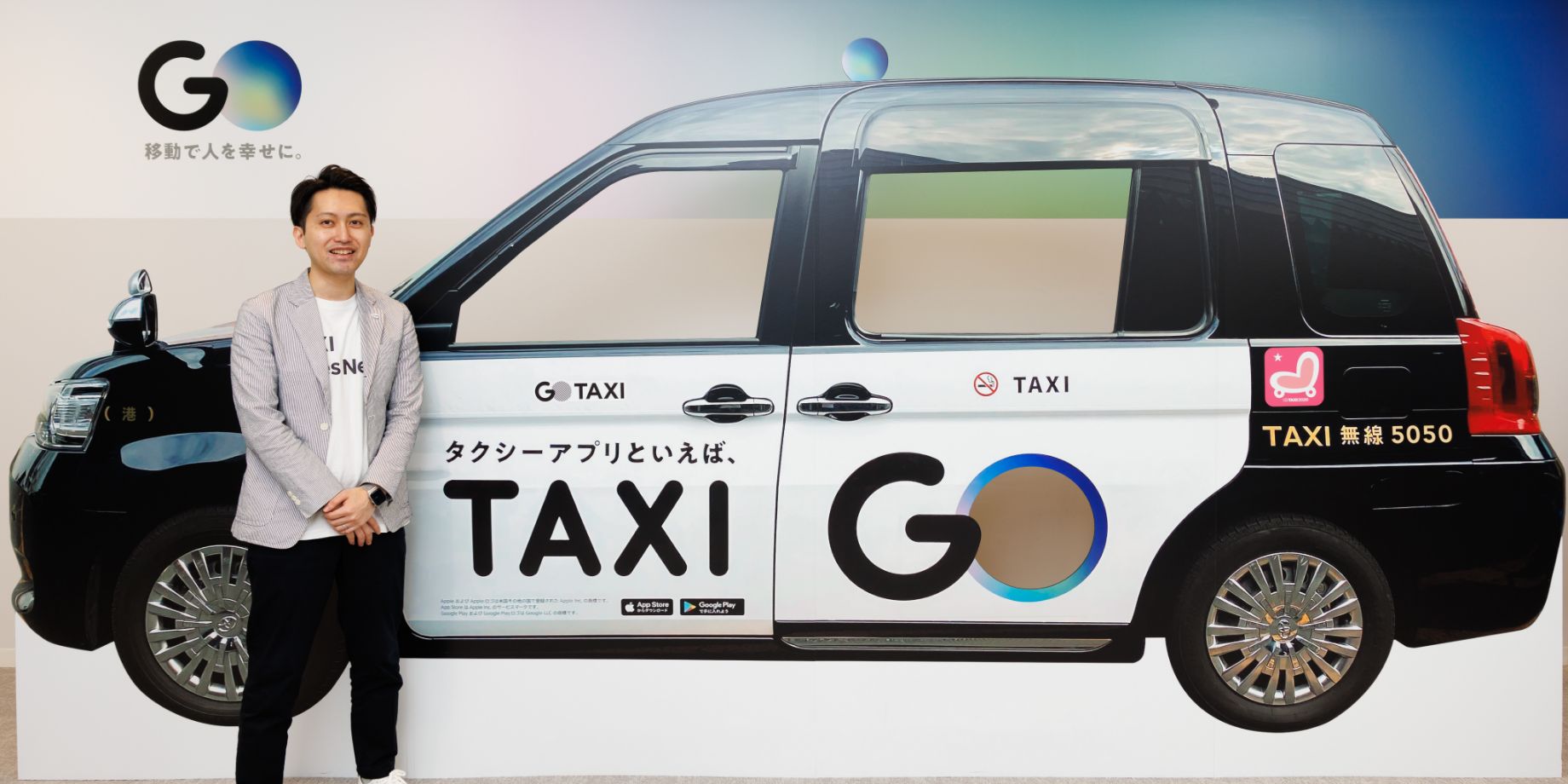

Takuya Sanai
Executive Officer, Head of Next Generation Business Unit, Head of HR Solution Business Unit,
Joined Yahoo Japan Corporation in 2011. He worked in the Corporate Strategy Department and other departments before serving as the general manager of the Business Planning Department in digital content and the head of the president’s office at a subsidiary. In 2019, he joined JapanTaxi Co., Ltd. and served as the head of the Next Generation Business Unit, overseeing new businesses of GO Inc. (formerly, Mobility Technologies Co., Ltd.) and as the president of IRIS inc., a subsidiary in charge of the taxi signage business. He has been an executive officer since October 2021.
RECOMMEND ARTICLES

Feb 3, 2025
In March 2022, Tokyo…

Jan 23, 2025
Operating a solar po…
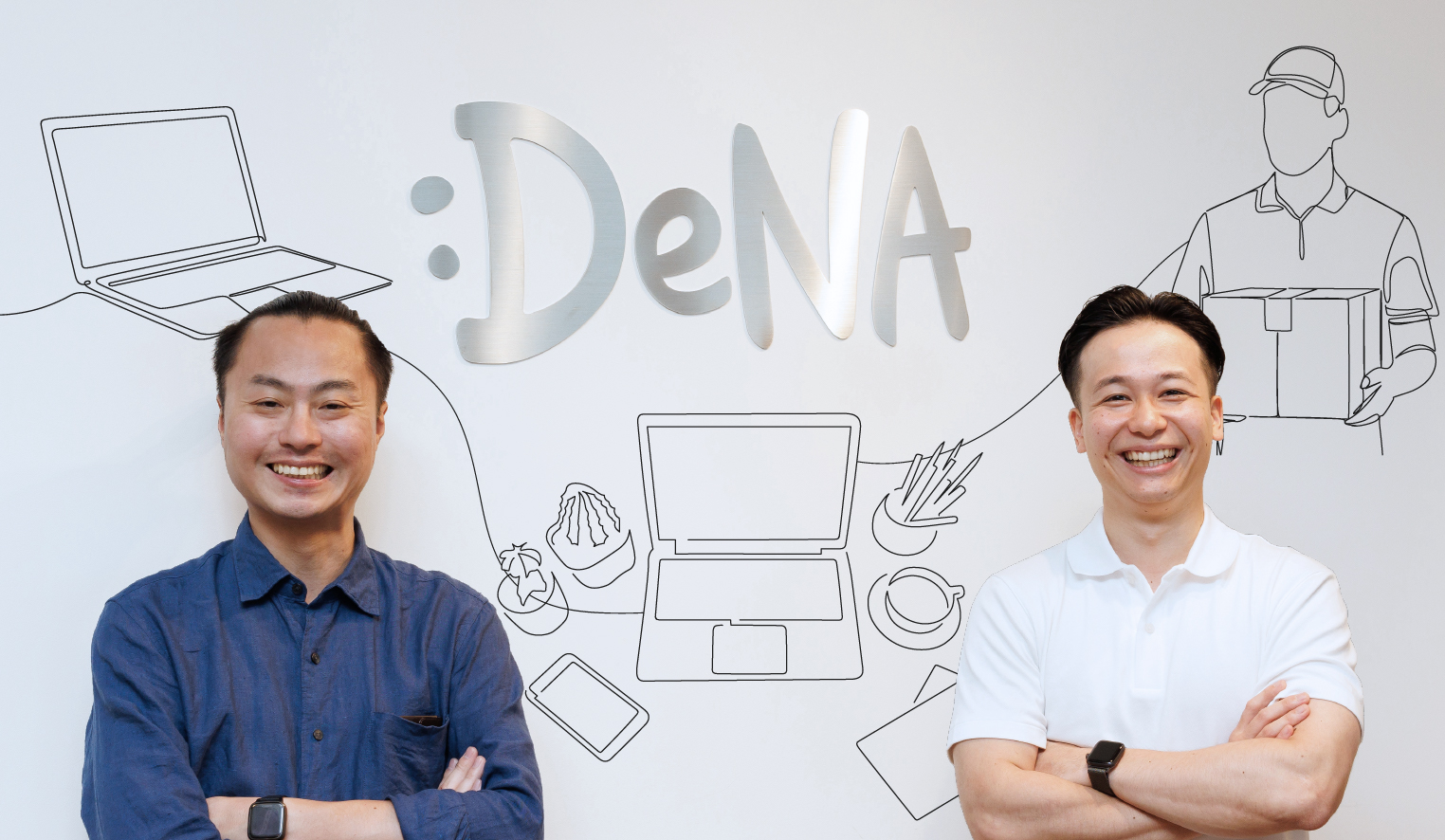
—How Life Cycle Management Service Supports DeNA’s QCD
Jul 31, 2024
Committed to enhanci…




